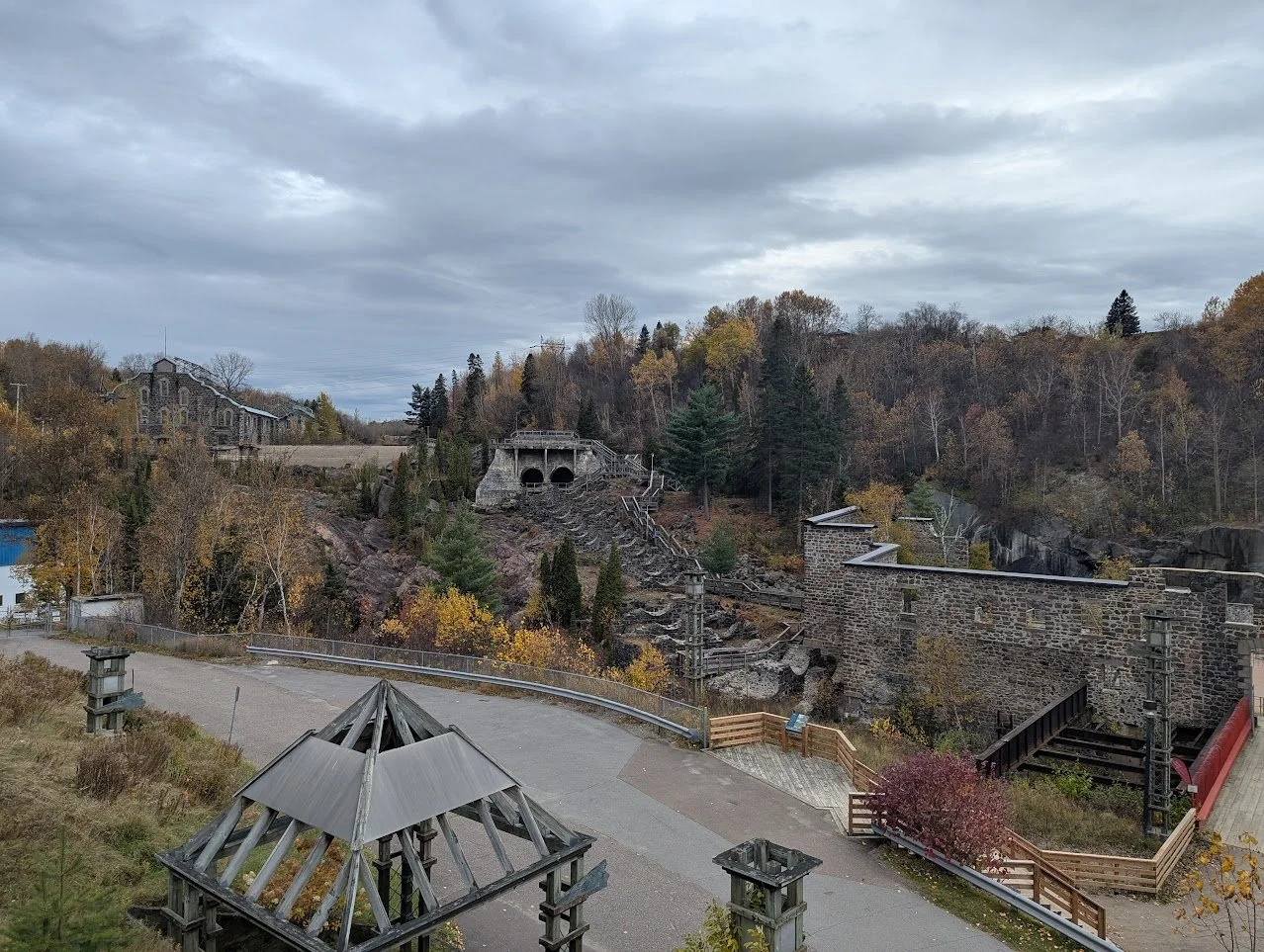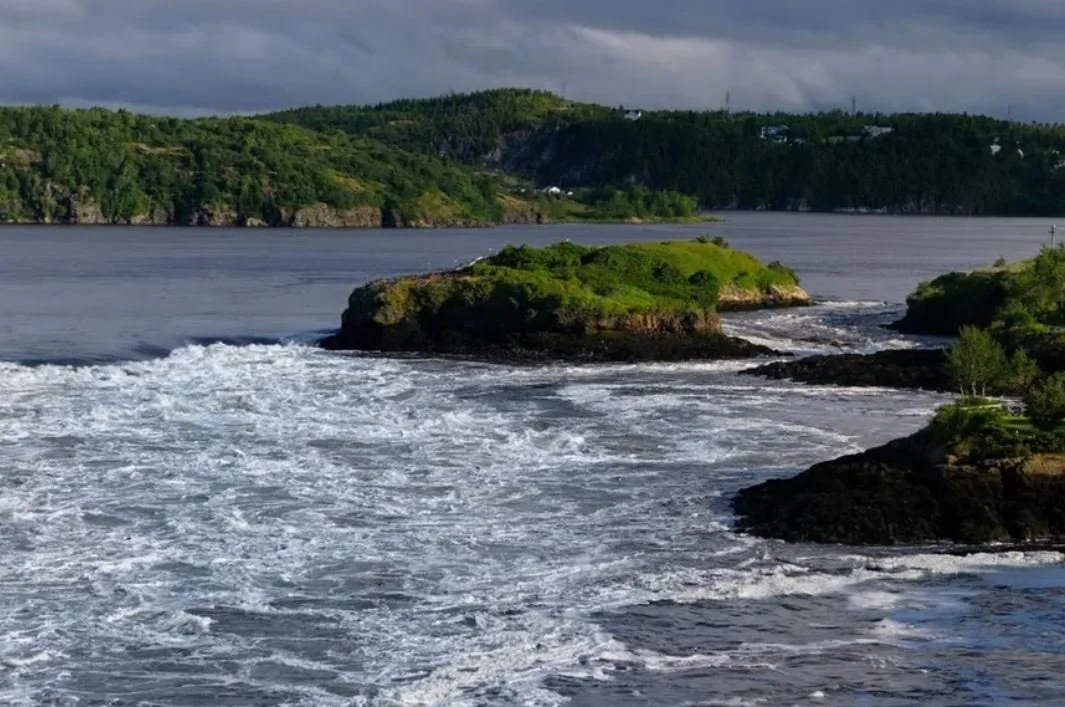Eastern Canadian Towns on the St. Lawrence River and in the Maritime Provinces are Beautiful Places to Visit by Land or Sea
Canada officially became a nation on July 1, 1867, when the British parliament passed the British North America Act recognizing four eastern provinces as the Dominion of Canada. But the initial steps towards Canada becoming an independent nation took place in Charlottetown on Prince Edward Island in September 1864. At that time, representatives from the three Maritime Provinces of New Brunswick, Nova Scotia and Prince Edward Island joined a delegation from the interior lands of the Province of Canada and commenced discussions about uniting the Canadian colonies and separating from England. A century and a half later, the residents of the Maritime Provinces comprise only about five percent of Canada’s population. However, the region remains distinctive because of the lasting influence of French, British, and Irish settlers and Indigenous peoples, along with the area’s stunning landscapes and maritime traditions, and local festivals and foods.
Although European explorers and Viking ships may have passed by the area earlier, the region was claimed for France by explorer Jacques Cartier in 1534 and later settled by French navigator Samuel de Champlain in 1605. Settlers established farms, fishing activities, and villages that continued even after British rule began in 1763. The region’s proximity to the Gulf of St. Lawrence and the St. Lawrence River made it inevitable that others would travel westward on those waterways. Later settlers established trading posts, lumber and mining operations, and riverfront towns in prime locations between the eastern islands and the growing cities of Quebec and Montreal. Today, Charlottetown is almost equidistant from Quebec and Boston with greater ties to the Canadian markets and cities than the American ones. Nevertheless, millions of tourists from Canada’s larger cities and American ones visit places like Halifax, Charlottetown, Sydney, Saint John, and Saguenay on road trips or on the hundreds of cruise ships plying the local waters. The Discover Halifax tourism group recently reported that combined business and leisure travel markets accounted for 5.3 million overnight stays in that city alone during 2024.
There are dozens of worthwhile destinations to explore on a cruise along the St. Lawrence River or a road trip to the Maritime Provinces. This article will focus on some of the most interesting destinations there:
PLACES TO SEE IN EASTERN CANADA
Saguenay River and Chicoutimi, Quebec Province- The development of Canada into a modern industrial state took place in some unusual places including along the Saguenay River located three hundred miles to the east of Quebec. A natural fjord formed there between steep cliffs during the last Ice Age and runs for sixty-two miles in a southeasterly direction all the way to the St. Lawrence River. With a depth that reaches over nine hundred feet, the Saguenay provided an excellent path for transporting the lumber produced in the region. Lumber merchants and their pulp mills provided jobs for thousands of workers in places like Chicoutimi throughout the late 1800s as the town became the economic and cultural center of the region. Although that industry faltered in the 1930s, the heritage of those mills and their workers is preserved at several museums and preserved riverfront facilities often visited by tourists. Subsequent years saw the rise of the aluminum industry and the construction of hundreds of large and small dams used to generate hydropower for parts of Canada and northeastern sections of the United States. Those industries have become more important as Canada and the United States seek to mine critical minerals and establish independent supply chains. A major Canadian airbase set up during World War II continues to provide other jobs for military families and supporting industries. Notwithstanding these heavy industries, the waterway is also known for its clear waters, abundant forests, wildlife such as moose and bears, and whale population. Cruise ships dock at Saguenay Fjord, a port village with stores and restaurants offering cultural items, boutique clothing, gourmet delights, and local products for sale.
Charlottetown, Prince Edward Island Province- Prince Edward Island is known for its natural beauty, friendly people, and great sport and vacationing facilities located in the capital of Charlottetown and other points around the island. The island draws an estimated 1.7 million visitors each year arriving by ship, air, or vehicles traveling across the 7.5-mile-long Confederation Bridge that connects the island to New Brunswick and spans ice covered waters during the winter. Charlottetown is known for its picturesque tree lined streets and 19th century row houses that connect the commercial and residential areas to the waterfront. In recent years, the city was named as a Cultural Capital of Canada attracting a growing numbers of people interested in sampling the performing arts, gourmet restaurants and shopping offerings provided there. From late spring to early fall, there are foodie festivals, musical events, and a surprising nightlife underway on most weekends. Whether seeking outdoor activities like biking and kayaking, fresh lobster rolls, or independent retailers with unique offerings, Charlottetown has much to offer. Cruisers arriving at Port Charlottee will find the short distance to the town center and amenities make for a pleasant experience there.
Sydney, Nova Scotia Province- Cape Breton Island is known for the exceptional scenery of the highlands and beaches scattered about the island. Many people go there to drive or bike on sections of the 185-mile-long Cabot Trail that climb hillsides, crosses marshlands, and passes by desolate beaches of sand and rock. Others are fascinated by the similarities to the Scottish Highlands and Celtic culture found there among a fairly diverse population. The city of Sydney with a population of 30,000 is the center of industry on the island with mining facilities, customer call centers, and tourism among the major employers. Tours of this area focus on food such as lobster bakes or pub offerings of Cape Breton music, beer, and local delicacies. Other popular sites include the large Fortress of Louisbourg, a reconstructed 18th century trading town and military fortress with costumed players acting as soldiers or local tradespeople.
Peggy’s Cove, Nova Scotia- One of the most beautiful and most photographed locations along the eastern seaboard of North America is the lighthouse and fishing village of Peggy’s Cove in Nova Scotia established by local fishermen in 1811. They built small houses and docks in the area and began mooring their vessels among the impressive granite outcroppings and protected coves found there. To warn mariners of the jagged rocks and underwater hazards of the area, a lighthouse was built on a promontory of land there in 1914. The white and red lighthouse and the village with its colorful houses and quaint charm have emerged not only as a symbol of Canada, but as a setting for photographers and artists for several generations. Many trips to Peggy’s Cove feature a lobster dinner at the principal restaurant there and provide visitors with an opportunity to climb around the rock formations, take pictures of the colorful houses, boats, and coves, and take in the beautiful setting. There are also some galleries, monuments and shops scattered around the town located approximately 45 minutes from Halifax.
Halifax, Nova Scotia- Halifax is the largest city located east of Quebec in Canada with a metropolitan population of over 500,000 people. Founded in 1749, this city with a deep natural harbor was designed to serve the British empire as military center and trading location. Those goals and more were realized as Halifax grew into a business center with significant interests in the governmental, educational, economic, and military sectors. With a long maritime history that included shipbuilding and a wealthy business community during the Victorian age, Halifax has considerable public gardens, trails, and parks for residents to enjoy. It also made significant commitments to the arts and public infrastructure. Visitors to city enjoy the waterfront boardwalk area, the Citadel National Historic Site, the 16-acre Victorian garden, the Maritime Museum of the Atlantic, and the Museum of Canadian Immigration.
Saint John and the Reversing Falls of the Bay of Fundy, New Brunswick Province- Another interesting destination to visit is the beautiful community of Saint John located on the Bay of Fundy just fifty miles or so from the Canadian border in New Brunswick Province. This small town was mostly built by thousands of British loyalists who relocated to the area after the American Revolution. Visitors enjoy seeing the historic center of the town which includes a 140-year-old farmer’s market featuring produce, fresh seafood, and vendors, and the New Brunswick Museum with exhibits on the culture and natural wonders of the area. These wonders include seeing the Reversing Falls Rapids from Fallsview Park where the high tides of the Bay of Fundy collide with the Saint John River forcing it to flow backwards upstream twice each day. The rushing tons of seawater creates huge waves and strong currents. History buffs also enjoy seeing the military forts and landmarks of the area such as the Carleton Martello Tower built during the War of 1812 and the 1778 Fort Howe Lookout.









